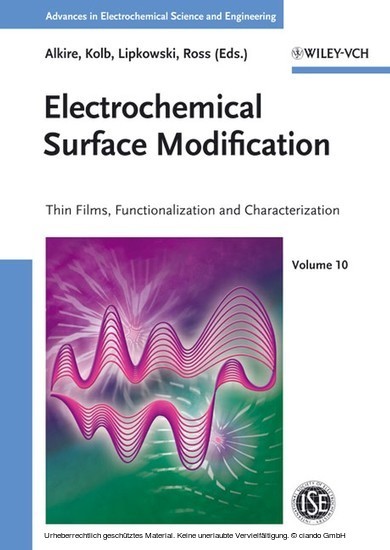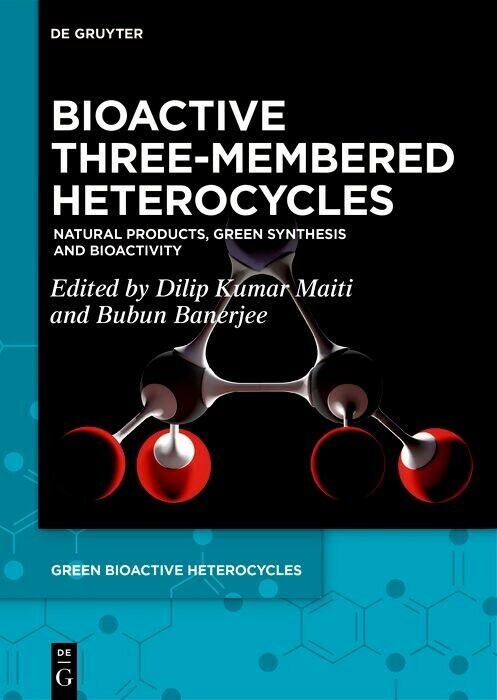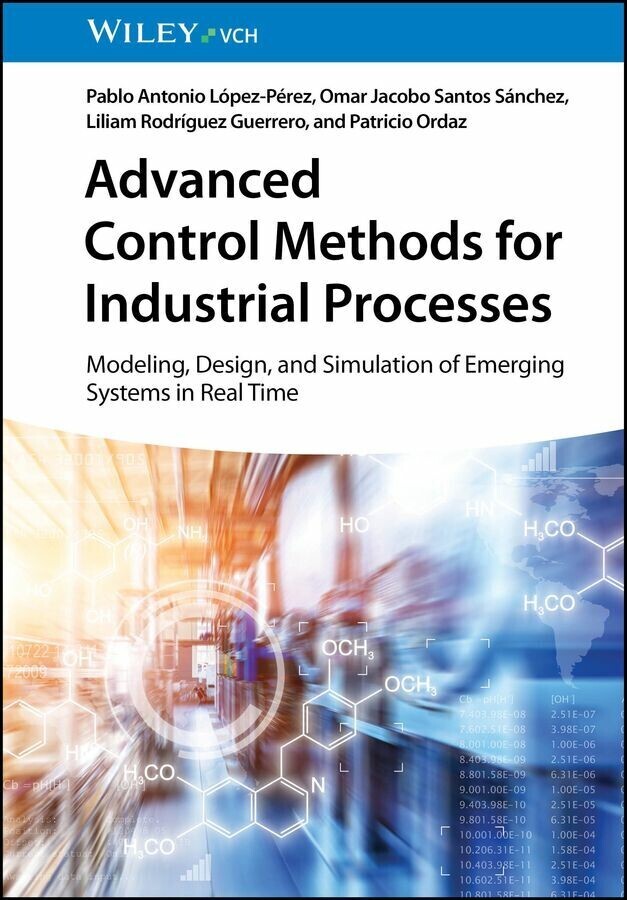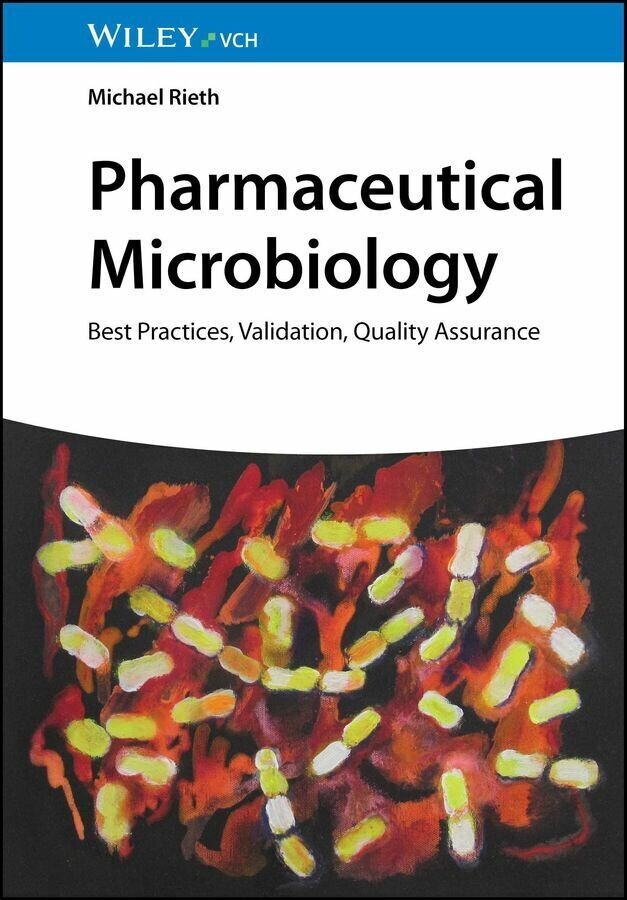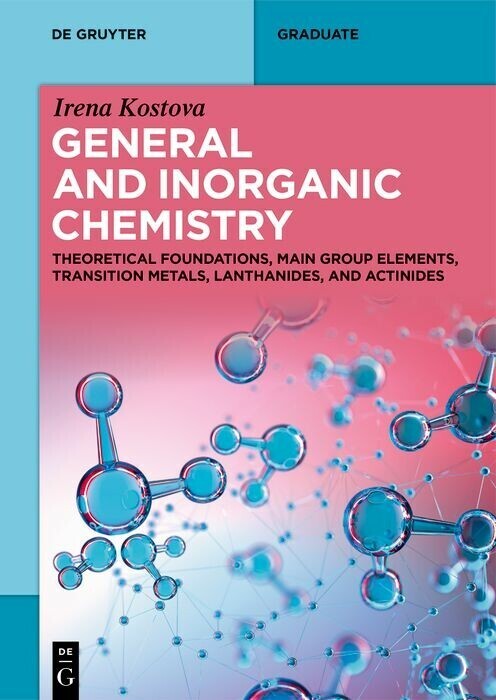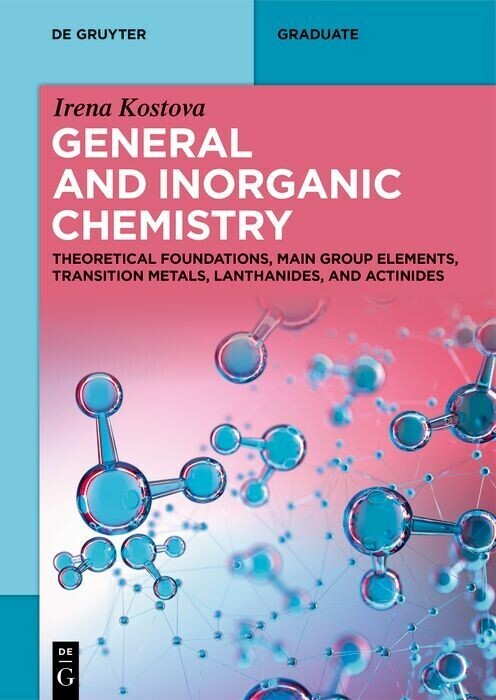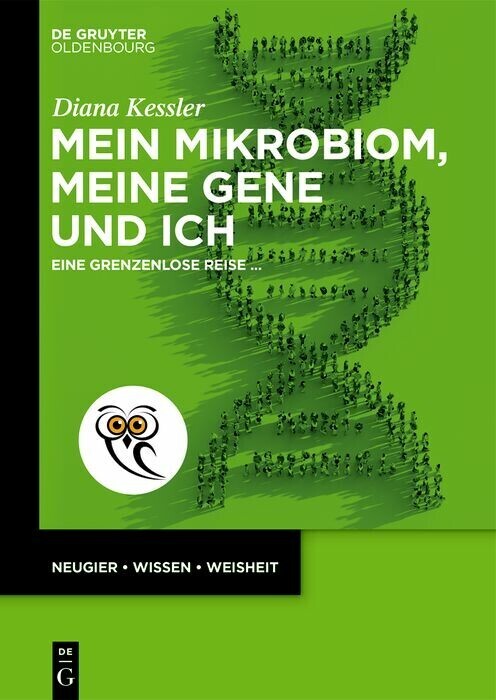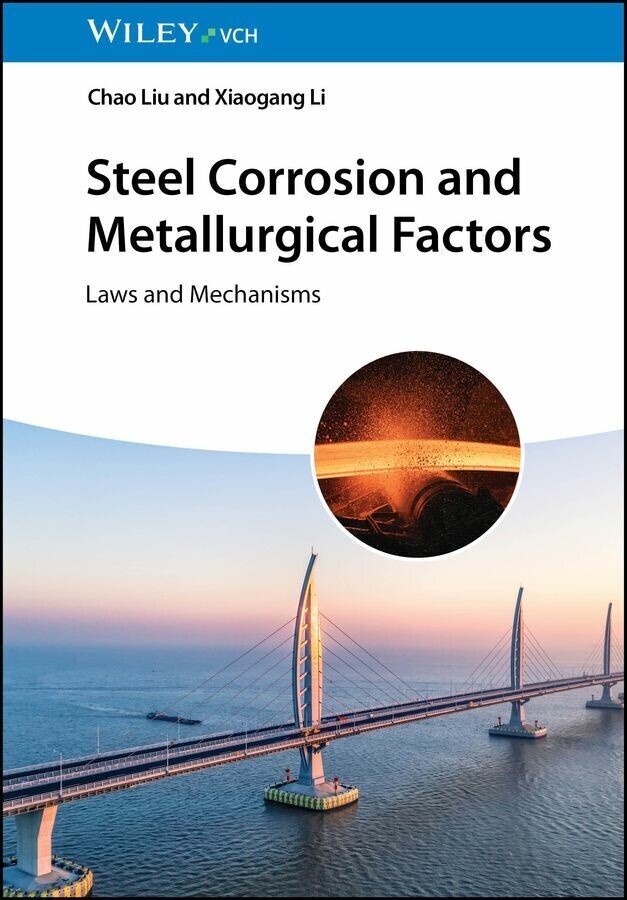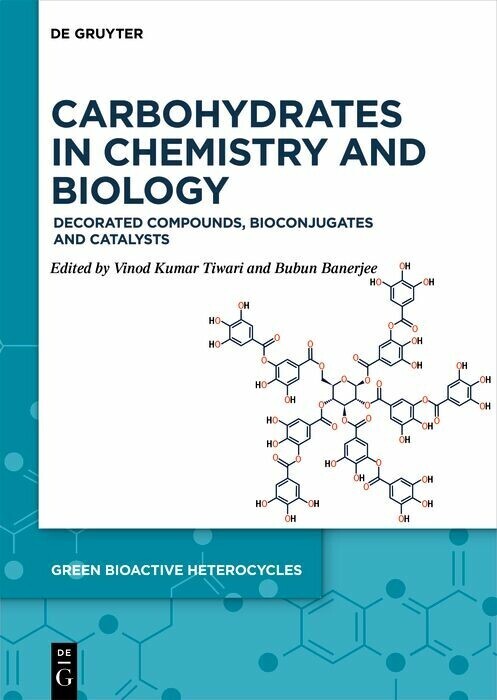Electrochemical Surface Modification
Thin Films, Functionalization and Characterization
In this topical volume, the authors provide in-depth coverage of the vital relationship between electrochemistry and the morphology of thin films and surfaces. Clearly divided into four major sections, the book covers nanoscale dielectric films for electronic devices, superconformal film growth, electrocatalytic properties of transition metal macrocycles, and the use of synchrotron techniques in electrochemistry. All the chapters offer a concise introduction to the relevant topic, as well as supplying numerous references for easy access to further reading and the original literature.
The result is must-have reading for electrochemists, physical and surface chemists and physicists, as well as materials scientists and engineers active in the field of spectroscopic methods in electrochemistry.
The result is must-have reading for electrochemists, physical and surface chemists and physicists, as well as materials scientists and engineers active in the field of spectroscopic methods in electrochemistry.
1;Advances in Electrochemical Science and Engineering;3 1.1;Contents;7 1.2;Series Preface;11 1.3;Volume Preface;13 1.4;List of Contributors;15 1.5;1 Valve Metal, Si and Ceramic Oxides as Dielectric Films for Passive and Active Electronic Devices;17 1.5.1;1.1 Introduction;17 1.5.1.1;1.1.1 Experimental Approaches;18 1.5.2;1.2 Fundamentals and Experimental Details;21 1.5.2.1;1.2.1 Electrochemical Oxide Layer Formation on Valve Metals;21 1.5.2.2;1.2.2 The C(U) Curve of a Valve Metal Electrode;23 1.5.2.3;1.2.3 Application of Lasers in Electrochemistry;24 1.5.2.3.1;1.2.3.1 Thermal Effects;25 1.5.2.4;1.2.4 Electrochemical Photocurrent Measurements (Optical/Electrical Method Class), Introduction of a New Model;26 1.5.2.4.1;1.2.4.1 Photocurrent Model for Ultra-thin, Amorphous Films With TiO(2) as an Example;27 1.5.3;1.3 Valve Metal Systems;31 1.5.3.1;1.3.1 Ti/TiO(2) System;31 1.5.3.1.1;1.3.1.1 Experimental Details;31 1.5.3.1.2;1.3.1.2 Determination of Ti Substrate Grain Orientation by SAME;33 1.5.3.1.3;1.3.1.3 Photocurrent Spectra and i(ph)(U) Measurements on Single Ti/TiO(2) Grains;34 1.5.3.1.4;1.3.1.4 Microscopic Modification of the TiO(2) Films by Means of Laser Scanning;35 1.5.3.1.5;1.3.1.5 Characterization of the Modified TiO(2) Films;37 1.5.3.1.6;1.3.1.6 Photoresist Microelectrochemistry (Nanoliter Droplet Method);41 1.5.3.1.7;1.3.1.7 Applications of Photoresist Microelectrodes;44 1.5.3.1.8;1.3.1.8 Summary and Conclusions for the Ti/TiO(2) System;52 1.5.3.2;1.3.2 Zr/ZrO(2) and Hf/HfO(2) Systems;53 1.5.3.2.1;1.3.2.1 Zr/ZrO(2);53 1.5.3.2.2;1.3.2.2 Hf/HfO(2);62 1.5.3.3;1.3.3 Systems: Nb/Nb(2)O(5), Ta/Ta(2)O(5) and Al/Al(2)O(3);64 1.5.3.3.1;1.3.3.1 Nb/Nb(2)O(5) System;65 1.5.3.3.2;1.3.3.2 Al/Al(2)O(3) System;69 1.5.3.3.3;1.3.3.3 Ta/Ta(2)O(5) System;70 1.5.3.4;1.3.4 Application of Valve Metals in Electrolytic Capacitor Manufacturing;73 1.5.3.4.1;1.3.4.1 Capacitor Fundamentals;73 1.5.3.4.2;1.3.4.2 Capacitor Device Types and Production of Ta Capacitors;78 1.5.3.4.3;1.3.4.3 Current Development Trends for Ta Capacitors and Research Issues Involved;81 1.5.3.4.4;1.3.4.4 Effect of Oxygen Content and Sinter Conditions on Dislocation Formation;83 1.5.3.4.5;1.3.4.5 Thermal Runaway;86 1.5.4;1.4 Si/SiO(2) System;90 1.5.4.1;1.4.1 Application of the Si/SiO(2) System;93 1.5.4.1.1;1.4.1.1 Si/SiO(2) in MOSFETs;93 1.5.4.1.2;1.4.1.2 Si/SiO(2) in DRAMs;96 1.5.4.1.3;1.4.1.3 DRAM Storage Capacitor (Deep Trench);98 1.5.4.2;1.4.2 Alternative Dielectric Materials;106 1.5.4.2.1;1.4.2.1 Ta(2)O(5);108 1.5.4.2.2;1.4.2.2 Ti/TiO(2);111 1.5.5;1.5 Summary and Conclusions;112 1.5.6;References;115 1.6;2 Superconformal Film Growth;123 1.6.1;2.1 Introduction;123 1.6.2;2.2 Destabilizing Influences;124 1.6.3;2.3 Stabilization and Smoothing Mechanisms;126 1.6.3.1;2.3.1 Geometric Leveling;126 1.6.3.2;2.3.2 Inhibitor-based Leveling;126 1.6.3.3;2.3.3 Brightening by Grain Refinement;127 1.6.3.4;2.3.4 Catalyst-derived Brightening;128 1.6.3.5;2.3.5 Stabilization Across Length Scales;128 1.6.4;2.4 Additive Processes;129 1.6.4.1;2.4.1 Adsorption Kinetics;133 1.6.4.2;2.4.2 Surface Segregation versus Consumption Processes;133 1.6.4.2.1;2.4.2.1 Adsorbates Segregated onto Growing Surface;134 1.6.4.2.2;2.4.2.2 Adsorbates Incorporated into Growing Deposit;135 1.6.4.2.3;2.4.2.3 Deactivation of Adsorbate;137 1.6.4.3;2.4.3 Adsorbate Evolution;137 1.6.4.4;2.4.4 Impact on Microstructure;138 1.6.4.5;2.4.5 Quantifying Adsorbate Inhibition of Metal Deposition;141 1.6.4.6;2.4.6 Co-adsorption Effects;146 1.6.4.7;2.4.7 Catalysis of Metal Deposition;150 1.6.4.8;2.4.8 Activation of Blocked Electrodes by Competitive Adsorption of a Catalyst;151 1.6.4.9;2.4.9 Catalyst Function and Consumption;154 1.6.4.10;2.4.10 Quantifying the Effects of Competitive Adsorption on Metal Deposition;157 1.6.4.10.1;2.4.10.1 Site Dependence of Charge Transfer Kinetics;158 1.6.4.10.2;2.4.10.2 Catalyst Evolution;159 1.6.4.10.3;2.4.10.3 SPS Adsorption from the Electrolyte;159 1.6.5;2.5 Interface Motion and Morphological Evolu
Alkire, Richard C.
Kolb, Dieter M.
Lipkowski, Jacek
| ISBN | 9783527625314 |
|---|---|
| Artikelnummer | 9783527625314 |
| Medientyp | E-Book - PDF |
| Copyrightjahr | 2008 |
| Verlag | Wiley-VCH |
| Umfang | 362 Seiten |
| Sprache | Englisch |
| Kopierschutz | Adobe DRM |

